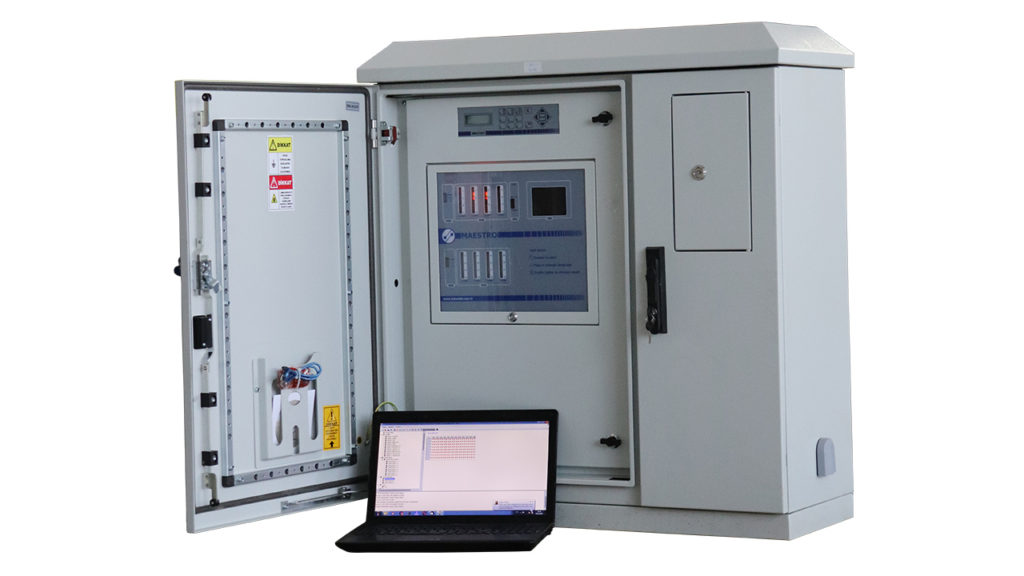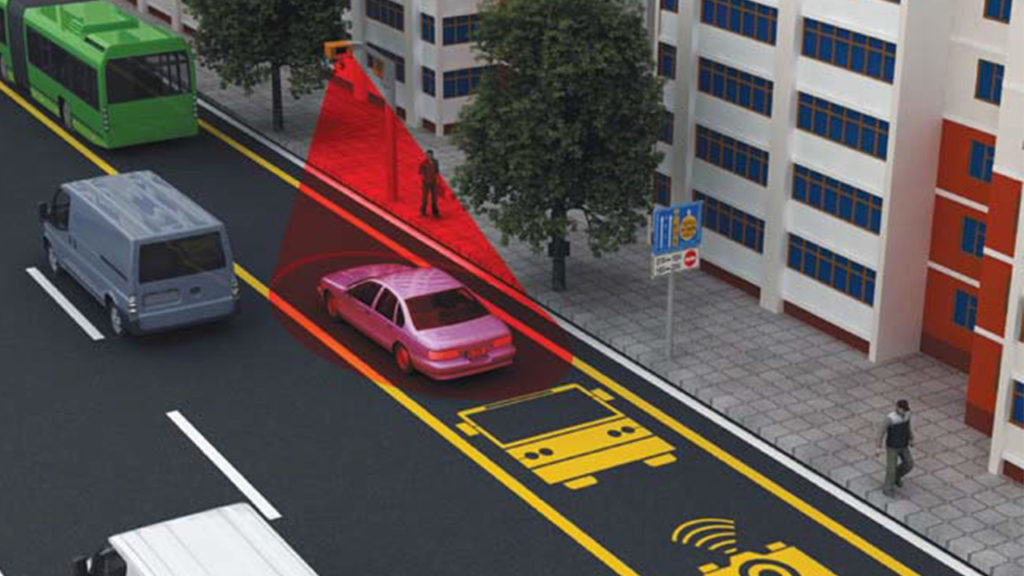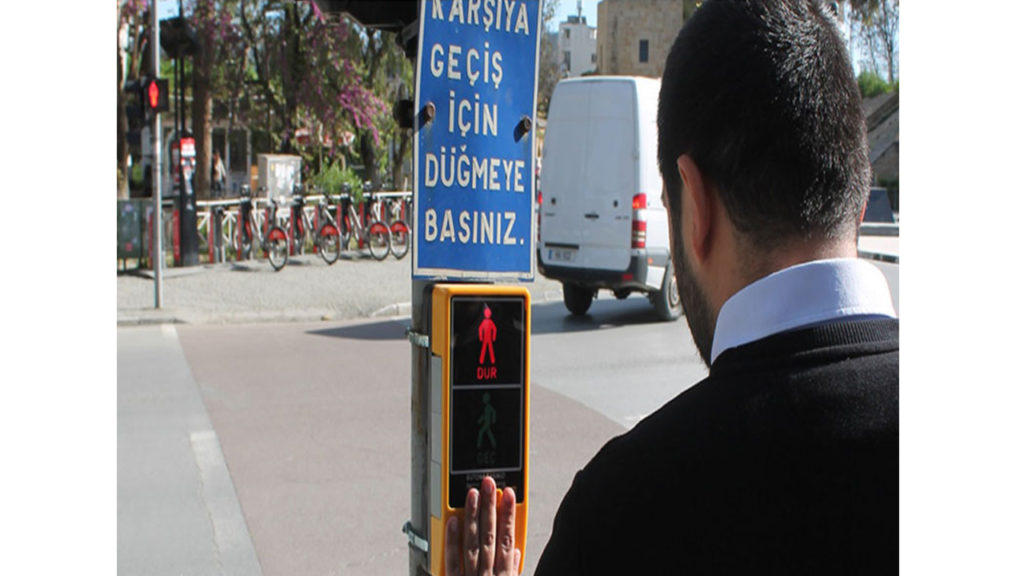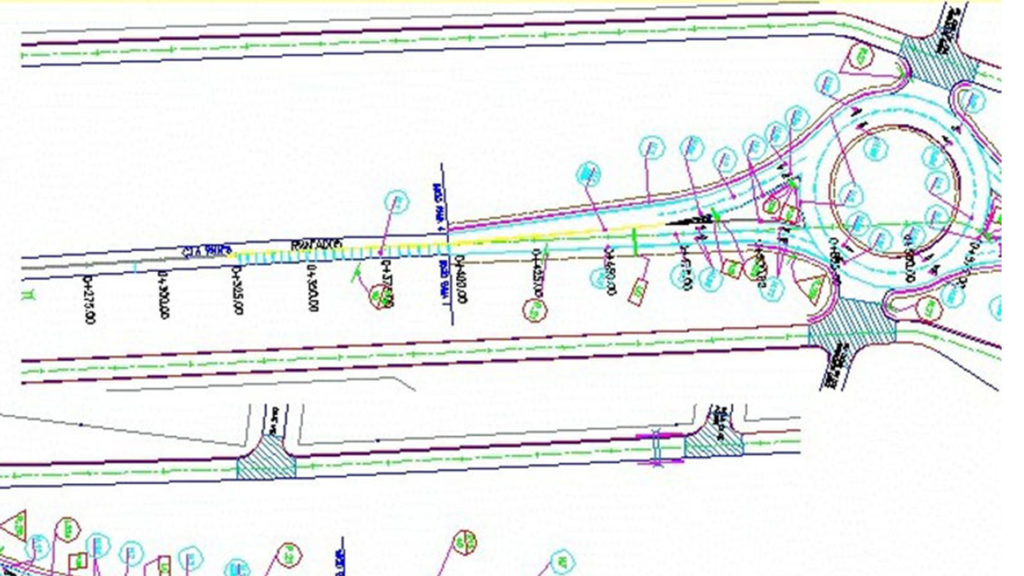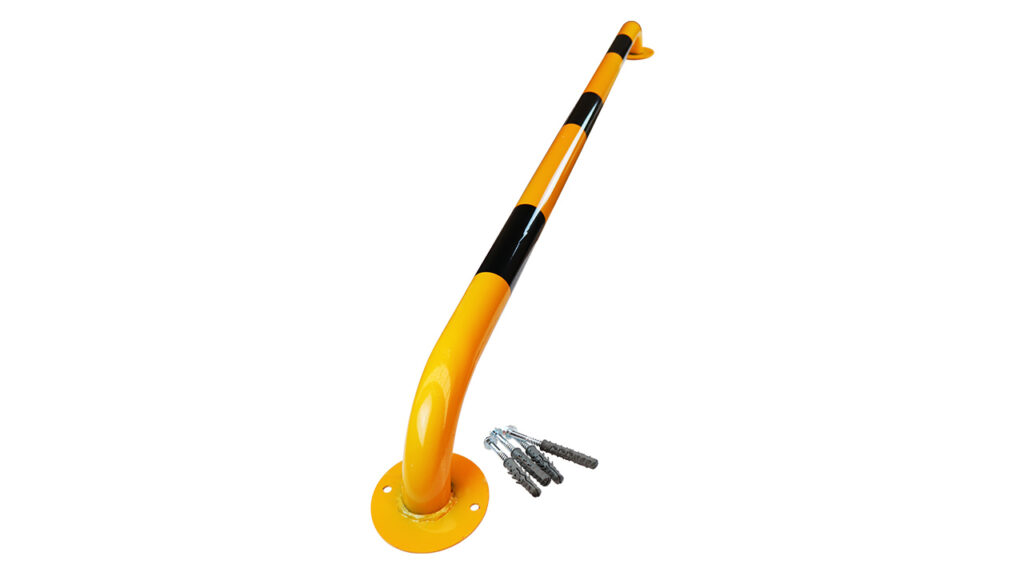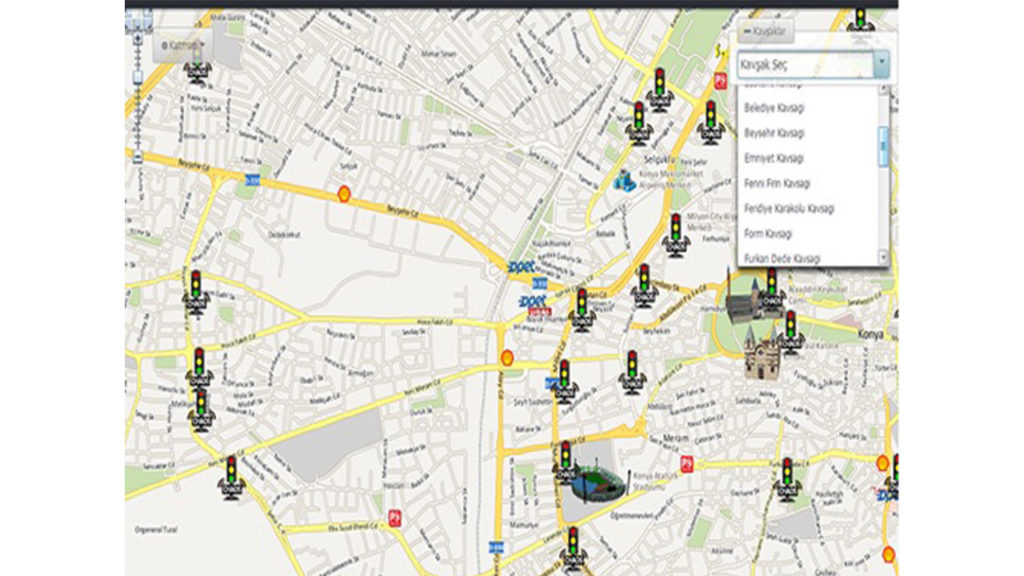
Coordinated signaling control systems are systems where different approaches and strategies can be applied in the management of intersections at close distances, which can be called as arterial management. Before the system design, the purpose should be identified and the design should be develope according to this purpose For example, The green wave coordination approach can be followed if the purpose of the design is to pass flow uninterrupted or with a certain speed. However, if the goal is to distribute the traffic load evenly across the intersections and gradual provide traffic flow (with a certain travel time), alternative systems or other approaches may be used.
Especially for the intersections which are close to eachothers (800 m and down) some of the basic purposes of the signal coordination is like below;
- Decrease the fuel consumption and delay of the vehicles
- Ensure an effective flow through the artery
- Increase the intersection-artery-network capacity
- Reduce vehicle tail formation at the intersection
- Controlling the vehicles’ speed
- Ensuring that the vehicles move in the form of a cluster
According to the this purposes different coordination systems can be applicable. As the distance between intersections increases, coordination efficiency decreases as tool clusters will dissipate. Therefore, when applying coordinated systems, the distance between intersections should be taken into consideration.
Synchronized System
All intersections which are connect each other by synchronized system, the vehicle fronts on the main road also give the same light signal at the same time.
Synchronized system, directs drivers to go fast to avoid getting caught in red light. However, if the volume of vehicle traffic on the main road is close to the road capacity, it is useful to ensure that traffic flow load is almost same in every intersection when giving the right of way to side road.
Synchronized system can be used especially for arterial management to distribute traffic more balanced to intersections across along the artery. Attention should be paid in terms of traffic safety because of it directs the drivers to expedite.
Alternative System
In a system, successive illuminated signals are given at consecutive intersections along a main road. The purpose of the alternative system, ensure that vehicles receive the distance between two intersections at half the time of a circuit of the light signals, so that the vehicles travel at a certain speed along the main road. Therefore, there is a decrease in vehicle speeds as the alternative system forces fast outgoing currents to wait.
This system can be used for arterial velocity management. It can also contribute to traffic management in terms of traffic safety.
In order for the alternative system to be implemented successfully, the intersection intervals must be between certain distances and the distances between consecutive intersections should not be very different.
Progressive System
In this system, the circuit time of the light signals at all intersections on the artery is the same, the required green times are arranged that a vehicle which drive convenient speed of Project can pass all intersection without stopping.
Progressive systems, vehicles which moving together at a predetermined speed, These are the systems aiming to allow them in all intersections on the artery to pass without waiting or with minimum delay. Another widely known and used name of this system is Green Wave Coordination System. These systems measure advance travel times and speeds to ensure coordination between intersections. Then, according to the speed of the vehicles, the starting time of the green signal at the next intersection relative to the previous intersection is determined for the direction of movement of the traffic (offset). Intersections with the highest density in terms of traffic volume are determined at the intersections and the system is designed considering this critical intersection. Effective design of progressive systems in one direction is easier than in two-way design.
In order to operate the progressive system efficiently, it is important that the vehicles move in group form and that the group speed is maintained along the artery. There are various methods and software developed in the literature to design and operate these systems effectively.


